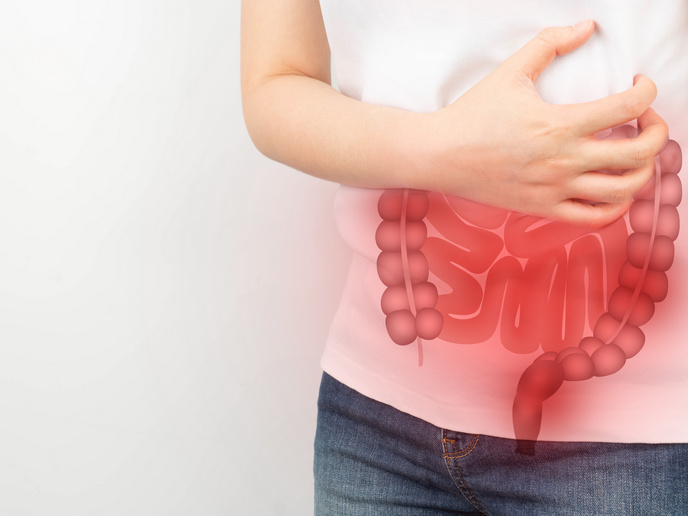Ocean farming in the desert
Fucoxanthin is an antioxidant found in seaweeds that gives them their characteristic olive brown colour. Adherents credit the golden-brown molecule with a slew of health benefits(opens in new window), such as increasing the breakdown of fat in the body and helping to combat diabetes. It’s increasingly popular as a dietary supplement, with a EUR 450 million global market supplying some 20 000 tonnes every year, chiefly in south-east Asia, North America and Europe. Currently, almost all fucoxanthin is sourced destructively(opens in new window) from large, leafy macroalgae such as kelp. “They have big ships that go around like a combine harvester, scraping the seabed and collecting the seaweed,” says Oran Ayalon, co-founder of AlgaHealth. Huge amounts of seaweed must be harvested to obtain a small amount of the substance, which is only present in concentrations around 0.05 %. “Harvesting seaweed is bad for the environment, it is bad for the seabed and it is bad for the wildlife of the ocean,” says Ayalon. His company hopes to produce fucoxanthin from a more sustainable source, microalgae. Single-celled photosynthetic organisms such as Isochrysis can be grown in large vats in a warehouse, a controlled process that is protected from environmental pollutants. The microalgae are also far more efficient farmers. At a pilot plant in Ein-Shemer, Israel, Ayalon and his team isolated strains of microalgae that produce 1 000 times more fucoxanthin than their macroalgae cousins. The pilot plant is hosted by the Ecological Greenhouse(opens in new window), a centre dedicated to education and the development of algaculture. Here, Ayalon and his colleagues tested out different ways of growing their various strains until they found the right hydroponic system. Ayalon says EU funding for the AlgaHealth project has helped demonstrate the plan is feasible. “Up until the grant, we had ideas, but all of it was paper,” he says. “Using this grant, we were able to show that we can grow the algae and make products out of it.” Winning the Phase 1 grant also bolstered the reputation of AlgaHealth, helping to attract other investors, he says, describing it as, “a big encouragement to the start-up.” Ayalon plans to register the enriched strains as a licenced cultivar(opens in new window). “In traditional agriculture, they have cultivators’ rights on strains of grapevine, or tomatoes, in the same way we can apply and probably get cultivators right on specific strains that we developed,” he says. In the future, Ayalon plans to farm the algae for different molecules of interest that may have health benefits, as well as further developing his strains to increase growth rates and the amount of fucoxanthin they produce. “The first time I was exposed to the microalgae industry I fell in love with it,” says Ayalon, who holds degrees in cell biology and botany. “I think this field, this agricultural biotech field, will be the solution for many of the world’s problems over the next few decades.”







